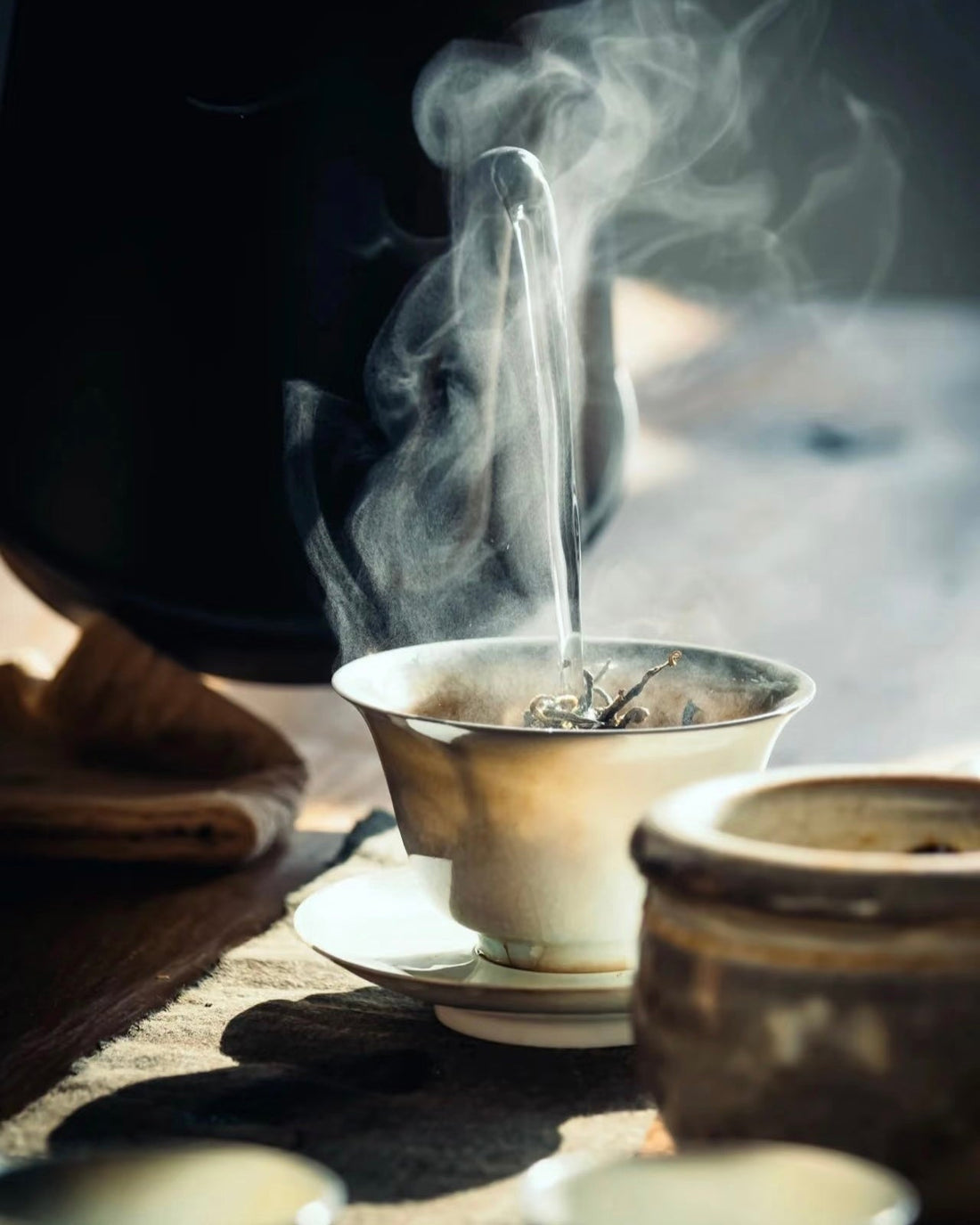
To Rinse or Not to Rinse: The Art of "Washing Tea" in Tea Culture
In the world of Chinese tea, every step of the brewing process is an art form, and one of the most debated steps is the practice of "washing tea." Known as “洗茶 (xǐ chá)” in Chinese, this step involves rinsing the tea leaves by pouring hot water over them and discarding the first infusion before drinking the second. But is this step necessary for all teas? Let’s dive into the fascinating tradition of washing tea and explore when it’s essential—and when it’s not.
What is "Washing Tea"?
"Washing tea" is a common practice in Chinese tea ceremonies, where the first infusion of tea is quickly poured over the leaves and then discarded. This step serves several purposes:
1. Cleaning the Leaves: It removes any dust, impurities, or residues that may have accumulated during processing or storage.
2. Awakening the Tea: It helps to "wake up" the tea leaves, allowing them to unfurl and release their full flavor in subsequent infusions.
3. Warming the Teaware: The hot water used for rinsing also warms up the teapot or gaiwan, preparing it for the brewing process.
When Should You Wash Tea?
While washing tea is a traditional practice, it’s not universally required. Here’s a quick guide to help you decide:
Teas That Benefit from Washing:
1. Compressed Teas (e.g., Pu-erh, Hei Cha):
- These teas are often tightly packed into cakes or bricks, and rinsing helps to loosen the leaves and remove any storage-related flavors.
- Example: Rinse Pu-erh tea for 5-10 seconds to prepare it for brewing.
2. Oolong Teas (e.g., Tieguanyin, Da Hong Pao):
- Oolong teas are partially oxidized and often rolled into tight balls. Rinsing helps them unfurl and release their aroma.
- Example: Rinse for 3-5 seconds to awaken the leaves.
3. Aged Teas (e.g., Aged White Tea, Aged Oolong):
- Older teas may have accumulated dust or developed storage flavors over time. Rinsing ensures a cleaner taste.
- Example: Rinse for 5-7 seconds to refresh the leaves.

Teas That Don’t Need Washing:
1. Delicate Green Teas (e.g., Longjing, Bi Luo Chun):
- Green teas are often made from young, tender leaves and buds. Rinsing can wash away their delicate flavors.
- Tip: Skip the rinse and enjoy the first infusion directly.
2. Fresh White Teas (e.g., Bai Hao Yin Zhen, Bai Mu Dan):
- These teas are minimally processed and have a light, subtle flavor. Rinsing is unnecessary and may dilute their natural sweetness.
- Tip: Brew directly to savor their freshness.
3. High-Quality Loose Leaf Teas:
- Premium loose leaf teas are often clean and free of impurities, making rinsing optional.
- Tip: Use your judgment based on the tea’s appearance and aroma.

How to Properly Wash Tea
If you decide to wash your tea, follow these steps:
1. Heat the Water: Use water at the appropriate temperature for your tea type.
2. Rinse Quickly: Pour the hot water over the leaves and immediately discard the liquid. The process should take no more than 5-10 seconds.
3. Brew as Usual: Proceed with your regular brewing method for the second infusion.

The Philosophy Behind Washing Tea
Beyond its practical benefits, washing tea is rooted in the philosophy of mindfulness and respect for the tea. It’s a moment to pause, connect with the tea leaves, and prepare both the tea and yourself for the brewing ritual. However, it’s important to remember that tea culture is flexible and personal. Whether or not you choose to wash your tea, the ultimate goal is to enjoy the process and savor the flavors.

"Washing tea" is a fascinating tradition that adds depth to the art of Chinese tea brewing. While it’s essential for some teas, it’s unnecessary for others. By understanding the characteristics of your tea and the purpose of rinsing, you can make an informed decision that enhances your tea experience.
